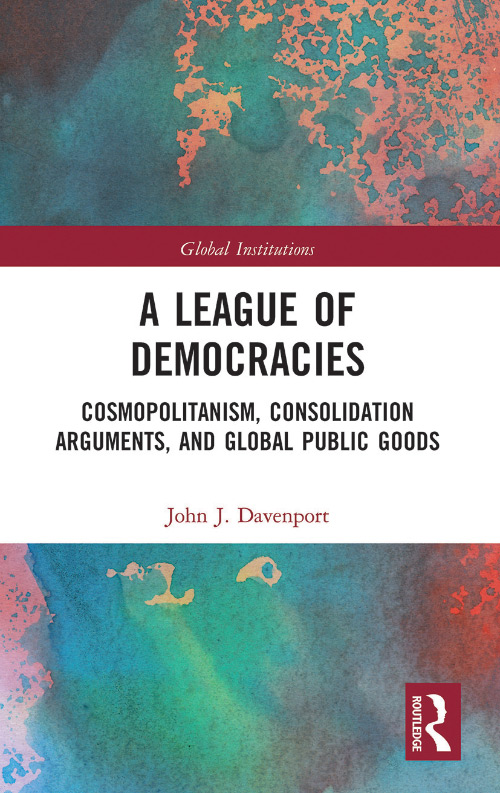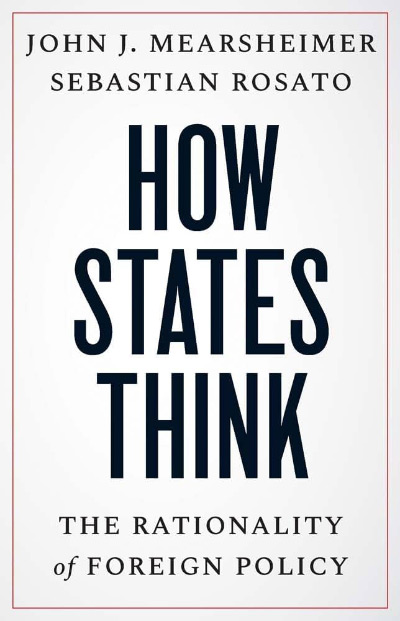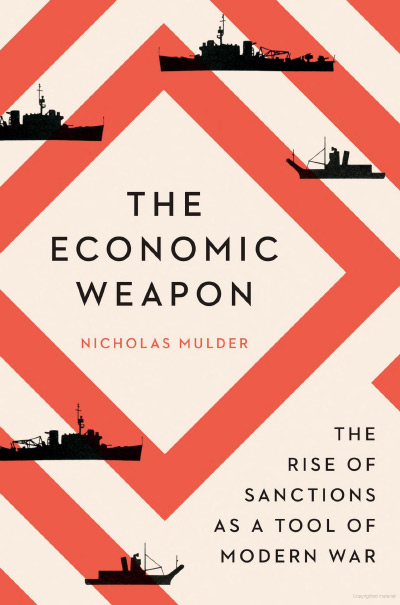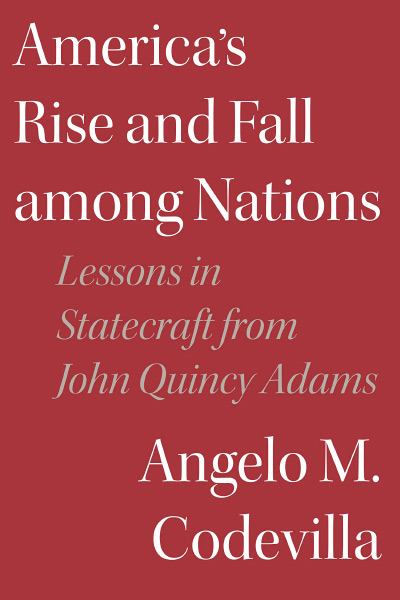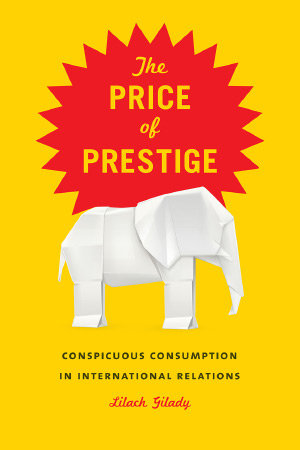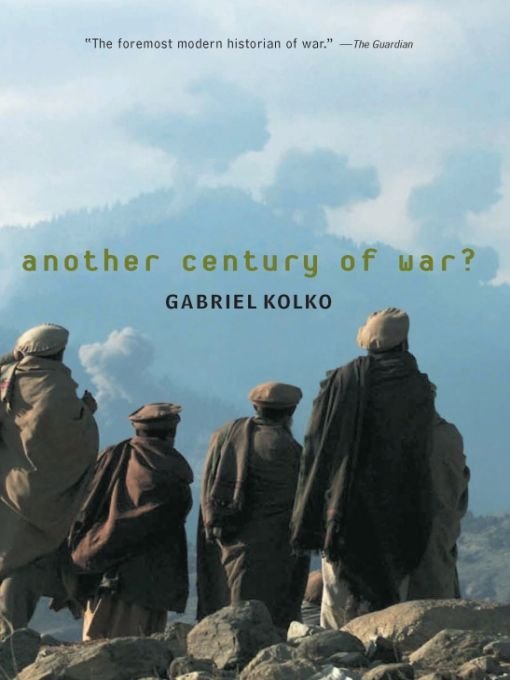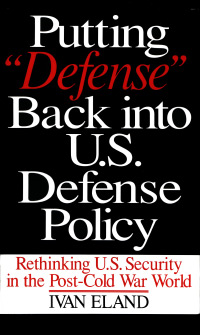John J. Davenport, Professor of Philosophy at Fordham University, proposes creating a United Democratic League (UDL), an organization of democracies that has both sufficient power and moral authority to prevent armed conflicts and humanitarian atrocities. He contends that although the United Nations was supposed to fulfill that mission, because of the inclusion of multiple authoritarian members, as well as a variety of structural problems, the UN clearly has failed (pp. 134 – 36). If a robust league of democracies is not created soon, Davenport fears, “the horrors of the twentieth century may pale in comparison to those our grandchildren will live through by this century’s end” (p. 6).
It is an ambitious intellectual project, and the author endeavors both to provide a detailed blueprint and make the case that the UDL is a practical option in international affairs, not a utopian dream. He succeeds in the first objective but comes up far short with respect to the second.
The goals of the UDL, according to his plan, would be twofold. “The United Democratic League will authorize and organize sanctions and military means to prevent and turn back aggressive wars, and to protect national boundaries against forcible change from outside.” That mission would include “the direct common defense of all democratic member nations.” In addition, “to the extent possible, the league will protect the most central and morally urgent human rights of all peoples in all nations” (p. 179).
Davenport’s organizational scheme envisions both a legislature and an executive elected directly by the citizens of the member countries. He emphasizes that the UDL “needs a strong executive branch to enforce its edicts” (p. 171). The executive and legislature also must be able “to place burdens on individuals” (e.g., through transnational taxes) rather than acting only through the medium of national governments (p. 171). That feature marks a sharp break with the model that characterizes the UN and other international organizations. Instead, it follows the model that advocates of world government have long pushed.
However, the result would not be a world government, because the plan explicitly excludes nondemocratic countries, including major global powerhouses Russia and China. Indeed, an explicit objective of the League would be to deter possible aggression from Moscow and Beijing, as well as prevent lesser conflicts and humanitarian tragedies (p. 3). The insistence on democratic credentials, and the exclusion of “undemocratic” nations (no matter how powerful), are requirements that highlight several flaws in the UDL concept.
Despite Davenport’s extensive rhetorical gymnastics, it remains unclear what standards would be used to determine which countries deserve membership. Even some of his explicit standards either are vague to the point of vacuity or contain gigantic loopholes. For instance, the section on freedom of political expression states that it should be “limited only by substantial public interests such as limits on campaign spending and political advertising or limits on ultrafundamentalist and hate groups” (p. 183, emphasis added). The latter limitation is inherently so vague and subjective, incumbent governments could harass or even outlaw political opponents without necessarily running afoul of the UDL membership criteria.
Indeed, developments that have occurred just since the book’s publication underscore the problem. The author’s plan envisions India as a key founding member of the League. Yet Prime Minister Narendra Modi has taken his country along an increasingly authoritarian path that alarms a growing number of international observers. In its 2021 report, Freedom House downgraded India from “free” to “partly free” (Archana Chaudhary. 2021. “India Downgraded to ‘Partly Free’ for First Time Since 1997.” Bloomberg, March 3).
Even by Davenport’s vague standards, today’s India would seem to be ineligible for membership. However, excluding that country along with China would put nearly three billion of the world’s eight billion people outside the League. Such a decision also would make the author’s argument that the UDL would not be a U.S. or Western-dominated organization even less credible than it is already.
The author’s list of other potential founding members exhibits bizarre inconsistencies. Brazil and Colombia have witnessed many of the same disturbing trends as India, yet they still are deemed fit for membership. Israel’s treatment of the Palestinians would seem to disqualify that country on human rights grounds alone, but not in Davenport’s view. He even designates corrupt pseudo-democracies, such as the Philippines and Ukraine, as appropriate founding members (p. 187).
Faulty assumptions and simplistic historical lessons abound throughout the book. The author’s attempt to use the Federalist papers (along with game theory) as a foundation for his league of democracies plan falls flat. One especially significant difference between the creation of the U.S. Constitution and the proposed UDL is the existence of a common political and legal culture in the former case. Given the wide range of religions, ideologies, and legal systems, that crucial characteristic is much weaker in the case of any possible version of a league of democracies.
Indeed, the author’s mishandling of both historical and contemporary factors emerges with painful clarity even in the introductory chapter. Using Sen. Ted Cruz (R-TX) as his chosen foil, Davenport denounces Cruz’s recommendation that the United States stop trying to topple secular dictators, despite their brutal rule, because the aftermath of forcible regime change likely will be worse. Cruz is hardly alone in reaching that conclusion. Prominent realist scholars, such as Andrew J. Bacevich (2016. America’s War for the Greater Middle East: A Military History. New York: Random House), have presented similar arguments.
In his attempted rebuttal of Cruz, Davenport makes highly questionable assertions. If the United States and NATO had followed Cruz’s advice and refrained from intervening in Libya, he contends, “Qaddafi’s forces would then have slaughtered tens of thousands of innocent people in Benghazi” (p. 1). As Rajan Menon discusses (2018. The Conceit of Humanitarian Intervention. New York: Oxford University Press, pp. 165 – 166), there is little credible evidence that Qaddafi harbored such plans, or that his small, beleaguered army had the capability to execute them. Davenport’s allegations read as though they were lifted from a propaganda broadsheet that Libyan rebels circulated.
His treatment of the extraordinarily complex Syrian civil war is equally distorted, with a pronounced bias in favor of the Sunni-led insurgency. Instead of being a morality play featuring freedom-seeking rebels trying to unseat a thoroughly evil dictator, Bashar al-
Assad, Syria’s conflict has deep historical and religious roots. That point is thoroughly documented in both Christopher Phillips. (2016. The Battle for Syria: International Rivalry in the Middle East. New Haven, Conn.: Yale University Press), and Charles R. Lister. (2015. Syrian Jihad: Al Qaeda, the Islamic State, and the Evolution of an Insurgency. (New York: Oxford University Press). Moreover, both scholars provide ample evidence that the Sunni-dominated insurgency has an extreme Islamist orientation and aims to subjugate the Shia (Alawite), Christian, Druze, and other religious minorities that back Assad’s regime (especially see Lister, pp. 51 – 116).
At one point, Davenport even undermines his own case that a league of democracies would have superior moral authority regarding policy toward Syria. He emphasizes that a more robust and effective Western military intervention to unseat Assad still would have needed additional partners for an essential post-war reconstruction effort. Those crucial partners, he contends, would be Turkey, Jordan, Egypt, Saudi Arabia, and other Gulf nations. Not only would Syria’s religious minorities have viewed a post-Assad reconstruction program run by such a Sunni alliance as extremely menacing, but the roster of those nations includes several regimes (especially Egypt and Saudi Arabia) with horrid human rights records. Empowering such autocracies is a curious goal for someone who advocates a league of democracies to prevent repression and atrocities.
A similar troubling detachment from international realities pervades the book. Davenport casually includes Taiwan as a potential UDL founding member—a step that would be extraordinarily dangerous. Beijing is adamant that the island is rightfully Chinese territory and has warned that any effort by outsiders to encourage Taiwanese independence would constitute an intolerable provocation. Similarly, the Kremlin has stated that attempts to bring Ukraine into NATO crosses a “red line” in terms of being a threat to Russia’s security. If Moscow will not tolerate that change, it is even less likely to accept Ukraine’s membership in a larger, equally hostile, armed organization.
Davenport routinely ignores or minimizes such dangers. One of his key objectives in proposing a league of democracies is to prevent armed conflicts and the terrible human suffering they inflict. However, the most likely outcome would be a nasty, intractable confrontation between a Western-dominated UDL and both Russia and China. Indeed, a serious risk exists that the mere creation of a league of democracies would drive those two countries into a close military alliance to meet a burgeoning threat to their mutual security. The increasingly assertive posture of the United States and its network of alliances in Europe and East Asia already is leading to greater strategic cooperation between Moscow and Beijing (Andrea Kendall-Taylor and David Shullman. 2021. “China and Russia’s Dangerous Convergence.” Foreign Affairs, March 3). Such a convergence would deepen if the UDL came into existence.
The good news is that there is almost no chance that Davenport’s scheme will ever become reality. Great powers such as Japan, France, and Germany, much less the U.S. superpower, would be extremely reluctant to relinquish sovereignty to the extent necessary. The prospect of them doing so is even more remote, since the author’s blueprint emphasizes that “Membership in a democratic league needs to be permanent in the sense that there is no unilateral abrogation: it requires approval from other members for any one nation to leave the league” (p. 171). Even in the unlikely event the major powers would accept that prohibition, attempting to enforce it would create a crisis. One can readily imagine the outcome if the UDL tried to prevent a newly nationalistic government in Washington from repudiating its predecessor’s handiwork and take the United States out of the compact. Once again, Davenport’s blueprint lacks grounding in reality.
International tensions and violence likely would become worse, not better, if the UDL came into being. Davenport has not provided a blueprint for ameliorating such problems. Instead, he presents a perfect blueprint for the proliferation of small wars in the name of regime change and misplaced humanitarianism, along with the prospect of a catastrophic war between rival alliances of great powers.
| Other Independent Review articles by Ted Galen Carpenter | |
| Summer 1998 | Democracy and War: Rejoinder |
| Winter 1997/98 | Democracy and War |
| Fall 1997 | Pay Any Price: Lyndon Johnson and The Wars for Vietnam |



